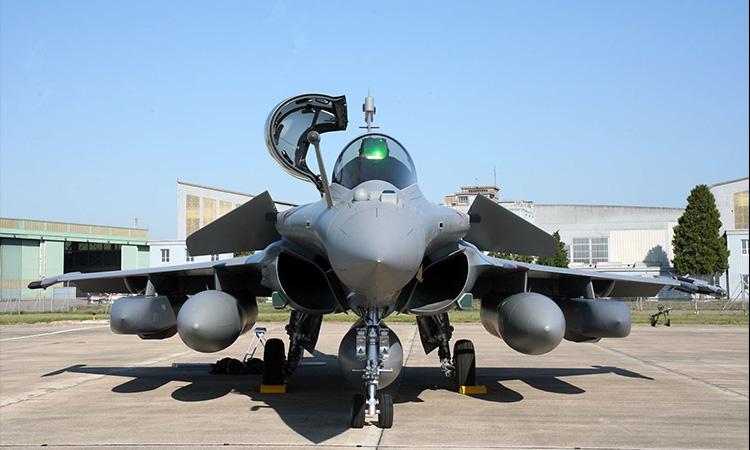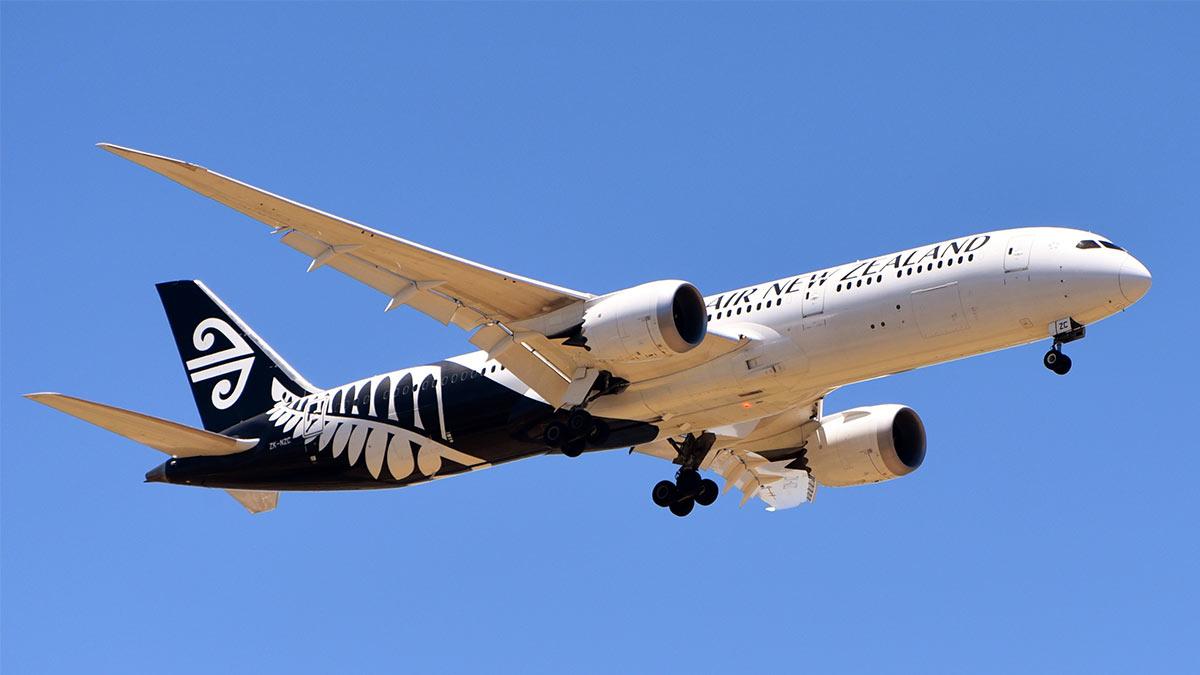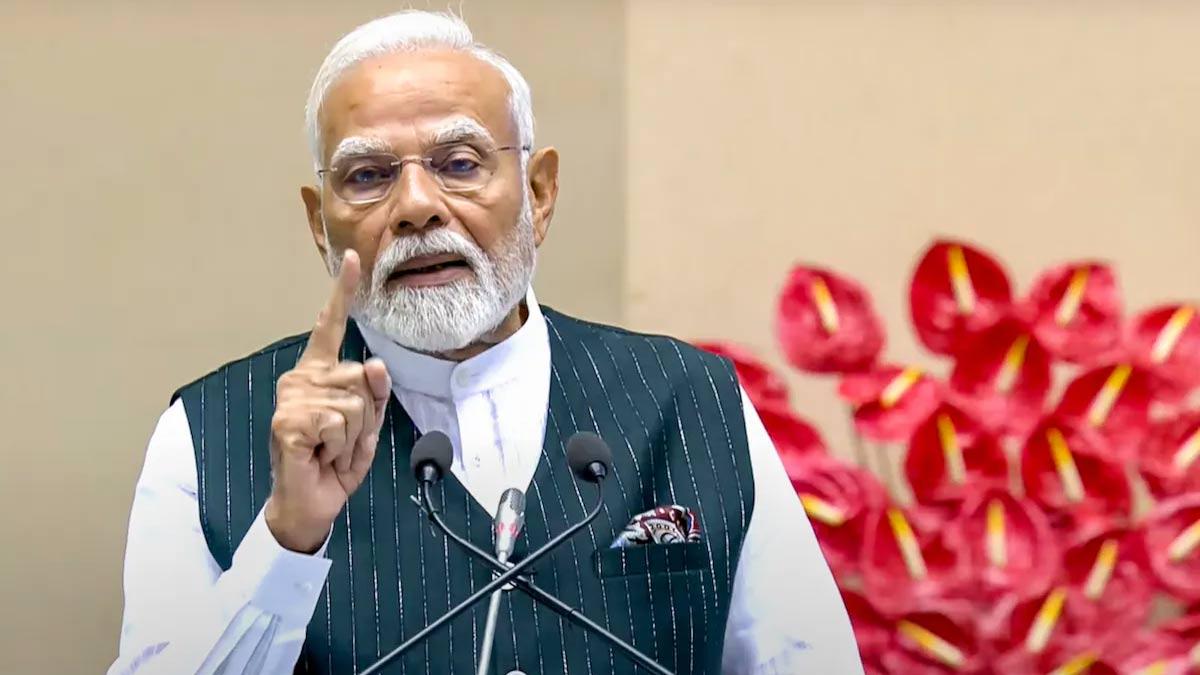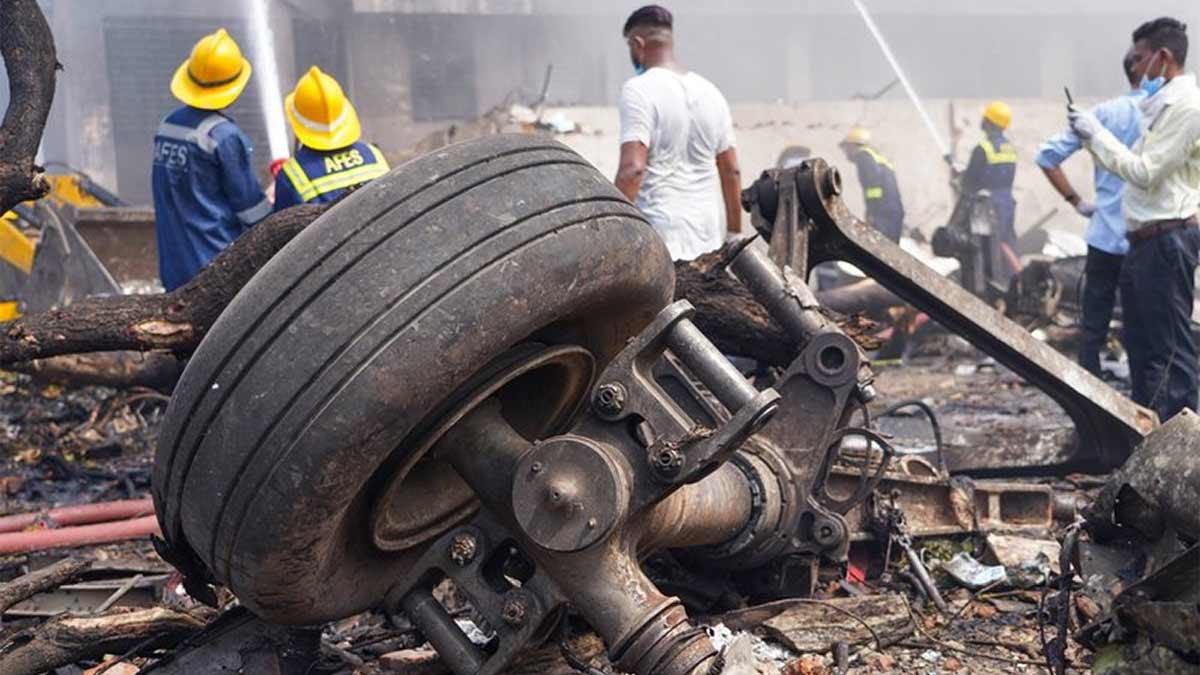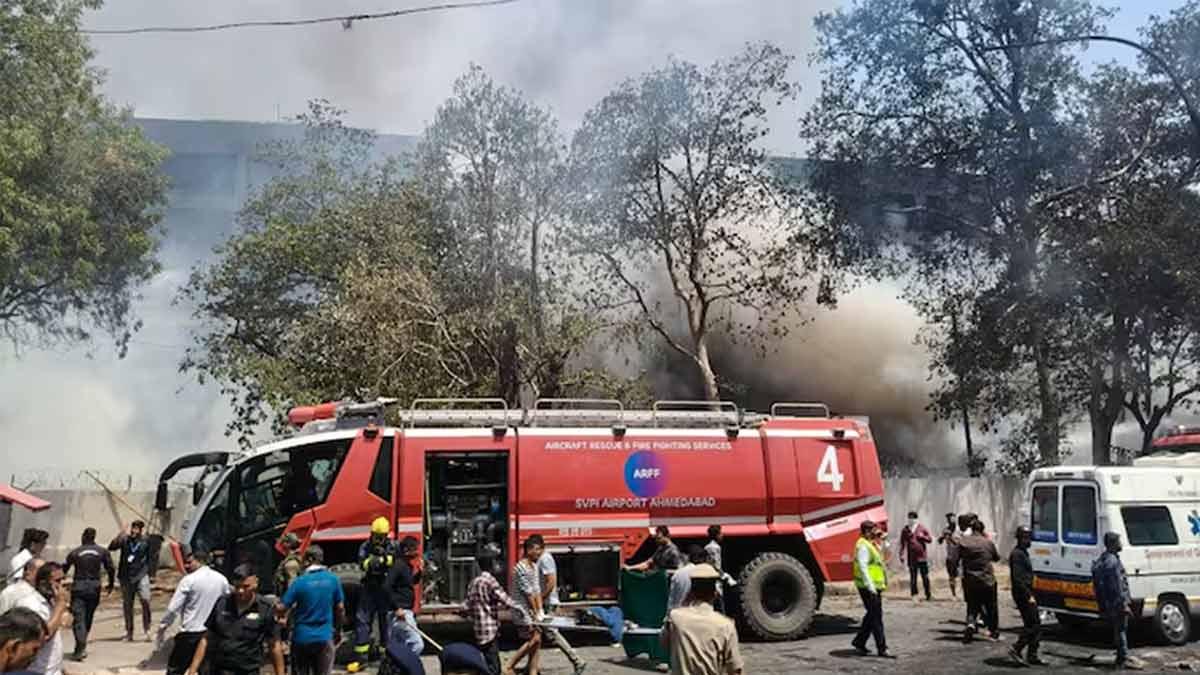The Indian Air Force’s Rafale squadron will be adding more muscle with the arrival of at least three more fighter jets in January next year, Hindustan Times reported. The additional Rafales will come as a shot in the arm for the IAF that is grappling with a shortage of combat planes.
“At least three Rafale jets will arrive in India next month. The dates are still being worked out. The planes will be flown to Jamnagar from France without a stopover on the way. Refuelling support will be provided by Indian and French tankers,” people familier with the development told HT.
This batch of Rafale fighters will be the third set of deliveries of the French-origin aircraft to the air force, which has ordered a total of 36 warplanes (equivalent of two squadrons) at a cost of Rs 59,000 crore.
The second batch of the IAF’s three Rafale fighter jets had reached the Jamnagar airbase in Gujarat from France in early November before they flew to their home-base in Ambala.
The first batch of five Rafale jets of the 36 ordered by the IAF reached the Ambala airbase on July 29 after a stopover at the Al Dhafra airbase near Abu Dhabi, although a formal induction ceremony took place later on September 10.
The Rafale fighters are the first imported jets to join the IAF in 23 years after the Russian Sukhoi-30 jets entered service in June 1997.
The twin-engine Rafale jets are capable of carrying out a variety of missions – ground and sea attack, air defence and air superiority, reconnaissance and nuclear strike deterrence. The fighters can carry almost 10 tonnes of weapons.
India-specific enhancements on the Rafales include cold engine start capability to operate from high-altitude bases, radar warning receivers, flight data recorders with storage for 10 hours of data, infrared search and track systems, jammers and towed decoys to ward off incoming missiles.

